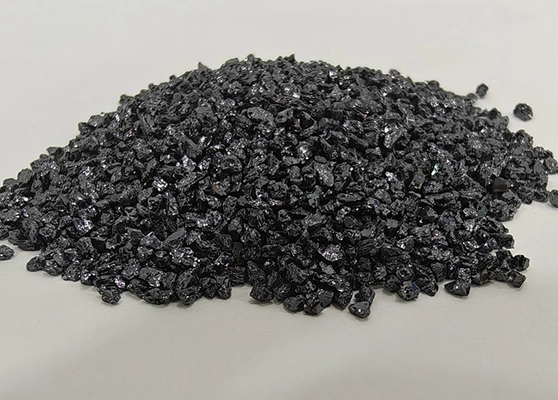Fused alumina is a foundational material in abrasives and refractory industries. Two of the most common variants—Brown Fused Alumina (BFA) and White Fused Alumina (WFA)—offer distinct properties that suit different industrial applications. This article compares their composition, hardness, thermal stability, and uses, helping B2B buyers select the right material for their needs.
What is Brown Fused Alumina?
Brown Fused Alumina is made by fusing calcined bauxite and iron filings in an electric arc furnace. It contains some impurities like titanium oxide and iron, giving it a brown color. It's widely used in grinding wheels, blasting media, and refractory bricks due to its toughness and cost-effectiveness.
What is White Fused Alumina?
White Fused Alumina is produced by melting pure calcined alumina. It has a higher alumina content (>99%) and fewer impurities, resulting in its white appearance. It is extremely hard and brittle, ideal for precision grinding and applications requiring chemical purity.
Comparison Table: Brown vs White Fused Alumina
| Property | Brown Fused Alumina | White Fused Alumina |
|---|---|---|
| Al₂O₃ Purity | 94–97% | ≥99% |
| Color | Brown | White |
| Hardness (Mohs) | 9.0 | 9.0 |
| Toughness | High | Lower (More brittle) |
| Thermal Stability | Good | Excellent |
| Cost | Lower | Higher |
| Best Applications | Blasting, Refractories, General Grinding | Precision Polishing, High-Purity Refractories, Medical Ceramics |
Applications Comparison
Brown Fused Alumina
- Metal surface preparation
- General-purpose grinding wheels
- Brake pad formulations
- Refractory castables
White Fused Alumina
- Semiconductor and optical polishing
- Ceramic tile finishing
- High-purity refractory shapes
- Medical implant abrasives
Which One Should You Choose?
Choose Brown Fused Alumina if you're looking for a tough, economical abrasive for general use or high-wear environments. Choose White Fused Alumina for high-purity needs, delicate surface finishing, or precision manufacturing.
At CanAbrasive, we supply both BFA and WFA with strict quality control, supporting B2B buyers across the globe with consistent supply and customized grades.
Frequently Asked Questions
Is white fused alumina sharper than brown?
Yes, WFA is more brittle, which results in sharper cutting edges. It’s ideal for fine grinding and polishing applications.
Can BFA replace WFA?
In many general-purpose applications, yes. But for high-purity or sensitive applications, WFA remains superior due to its chemical stability and low contamination risk.
Which is more sustainable?
BFA generally has a lower energy footprint, while WFA has less environmental contamination risk in sensitive applications. Both materials can be recycled.
Conclusion
Understanding the differences between Brown and White Fused Alumina is key to optimizing industrial performance and cost-efficiency. Whether your focus is durability, purity, or abrasive sharpness, selecting the right type ensures better results. Contact CanAbrasive for technical consultation or to request a quote tailored to your application needs.
Request a Quote or Sample
Popular Products
Grünes Siliziumkarbid
View DetailsSchwarzes Siliziumkarbid
View Details